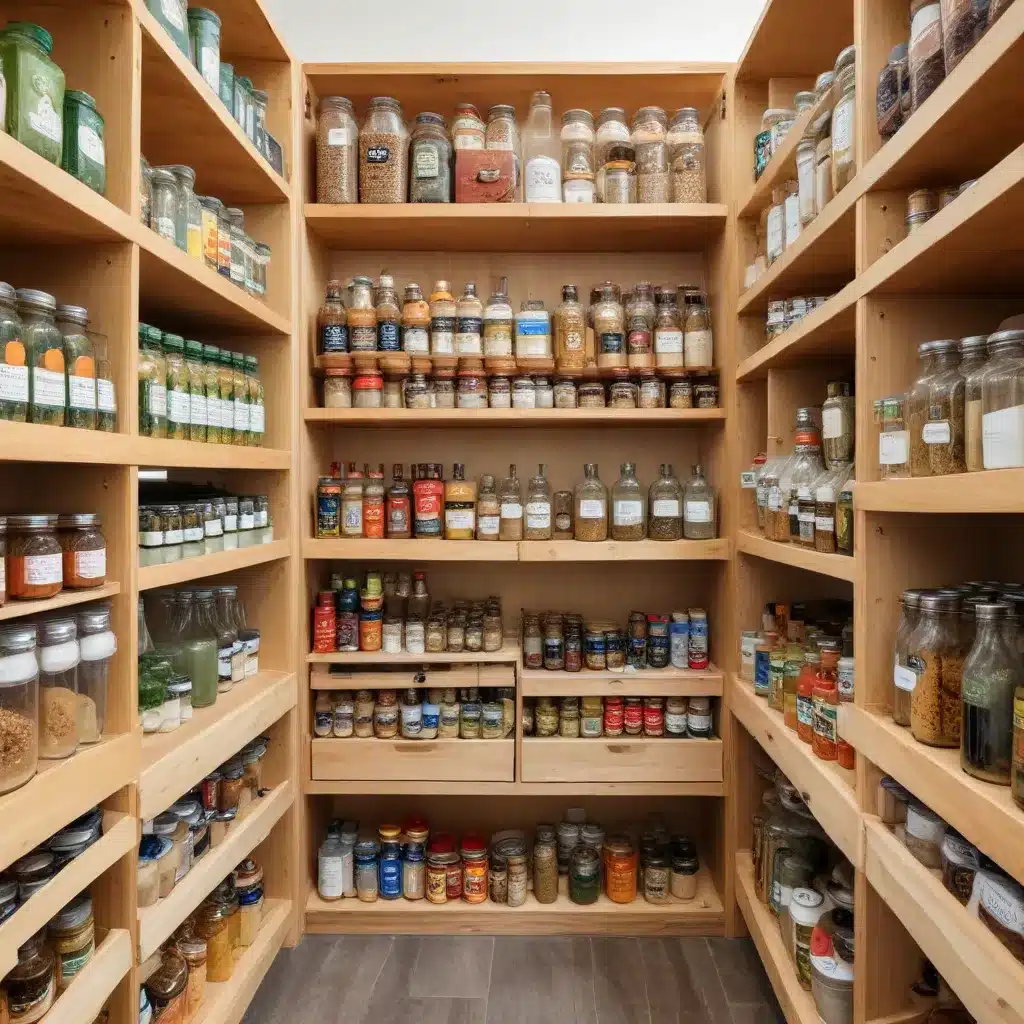
As a culinary expert with decades of experience in California cuisine, I’ve seen the industry evolve dramatically when it comes to sustainability. Gone are the days when sourcing local, organic, and eco-friendly ingredients was a niche concern – today, it’s an essential pillar of any serious culinary program. From Michelin-starred restaurants to casual cafes, chefs and restaurateurs are embracing a more holistic, Earth-conscious approach to their operations.
The Rise of the Sustainable Pantry
One of the most significant shifts I’ve observed is the growing emphasis on sustainable sourcing for the pantry. Rather than simply focusing on the final dish, savvy culinary teams are taking a deep dive into their ingredient lists, scrutinizing every item for its environmental impact. This means looking beyond obvious eco-friendly options like organic produce and pasture-raised meats. It involves exploring innovative alternatives to conventional staples, discovering new purveyors with impeccable sustainability credentials, and rethinking every aspect of the supply chain.
Rethinking Conventional Ingredients
Take something as basic as flour, for example. While all-purpose white flour has long been a kitchen staple, many chefs are now seeking out more sustainable varieties. Whole grain flours not only offer greater nutritional value, but they’re often produced using regenerative farming practices that replenish the soil. Similarly, ancient grains like spelt, amaranth, and teff are gaining popularity for their lower environmental footprint.
It’s a similar story when it comes to sweeteners. Refined white sugar, with its energy-intensive production process, is giving way to alternative options like maple syrup, honey, and date sugar. These natural sweeteners not only have a gentler impact on the planet, but they also lend unique flavor profiles that can elevate both sweet and savory dishes.
Pioneering New Ingredient Sources
But the sustainability revolution in the kitchen goes far beyond rethinking conventional staples. Chefs are also seeking out entirely new ingredient sources, forging relationships with small-scale producers and purveyors who prioritize environmental stewardship.
Take, for example, the rise of urban farming and community-supported agriculture (CSA) programs. These initiatives are connecting chefs directly with local growers, providing a steady supply of hyper-fresh, seasonal produce with an exceptionally low carbon footprint. Many of these farms also employ organic or biodynamic practices, further enhancing the sustainability profile.
And it’s not just produce – innovative protein sources are also gaining traction. Dishes featuring plant-based meats, aquaponic fish, or even insects are becoming more commonplace, as chefs seek out environmentally-friendly alternatives to conventional animal proteins.
Rethinking the Supply Chain
But sustainable sourcing isn’t just about the ingredients themselves – it also requires a critical examination of the entire supply chain. Chefs and restaurateurs are now scrutinizing every step, from transportation and packaging to labor practices and waste management.
For example, many are prioritizing local and regional suppliers to minimize the carbon footprint associated with long-distance shipping. Others are opting for reusable or compostable packaging materials, reducing the waste generated by their operations. And an increasing number are partnering with social enterprises that provide employment opportunities for marginalized communities, aligning their sourcing with broader social and economic justice goals.
The Culinary Benefits of Sustainable Sourcing
But the benefits of sustainable sourcing extend far beyond the environmental and social impact – there are also significant culinary advantages. By embracing a more holistic, Earth-conscious approach to ingredients, chefs are discovering a wealth of untapped flavors, textures, and nutritional profiles.
Take, for instance, the world of heirloom and heritage produce. These older, often forgotten varieties may not have the cosmetic appeal of their modern counterparts, but they make up for it with incredibly complex, nuanced flavors. Suddenly, a humble tomato or carrot can become the star of the show, elevating even the simplest dish.
And beyond the produce, sustainable sourcing often introduces chefs to innovative protein alternatives that can lend unique culinary dimensions. Aquaponic fish, for example, can offer a delicate, delicious flavor profile that’s distinctly different from traditional farmed or wild-caught seafood. Meanwhile, plant-based meats are continually evolving, delivering ever-more convincing approximations of their animal-based counterparts.
Embracing the Sustainable Pantry
As a chef, I can attest that embracing a sustainable pantry has been a transformative experience. It’s challenged me to rethink my culinary approach, to seek out new ingredients and techniques, and to forge deeper connections with my local food community. And the results have been nothing short of extraordinary.
Dishes that showcase the intrinsic flavors of sustainably-sourced ingredients, without the need for excessive processing or heavy-handed seasonings, have become the centerpieces of my menus. I’ve discovered a newfound appreciation for the nuances of each product, the stories behind the people and places that bring them to life. And my guests have responded enthusiastically, eager to embark on this culinary journey of sustainability with me.
Of course, building a sustainable pantry isn’t without its challenges. It often requires more time, effort, and investment to source these specialized ingredients. And the supply can be more variable, requiring a certain degree of flexibility and creativity in the kitchen. But for me, the rewards far outweigh the obstacles.
By embracing a more eco-conscious approach to sourcing, I’ve not only lessened my environmental impact, but I’ve also elevated the overall quality and craftsmanship of my culinary offerings. It’s a win-win proposition that I’m proud to champion, both for the sake of the planet and for the sake of my guests’ palates.
So if you’re a fellow chef or culinary enthusiast, I encourage you to dive headfirst into the world of sustainable sourcing. Explore the bounty of local farms and purveyors, experiment with innovative ingredients, and let your creativity shine. The future of California cuisine – heck, the future of cuisine itself – depends on it.

